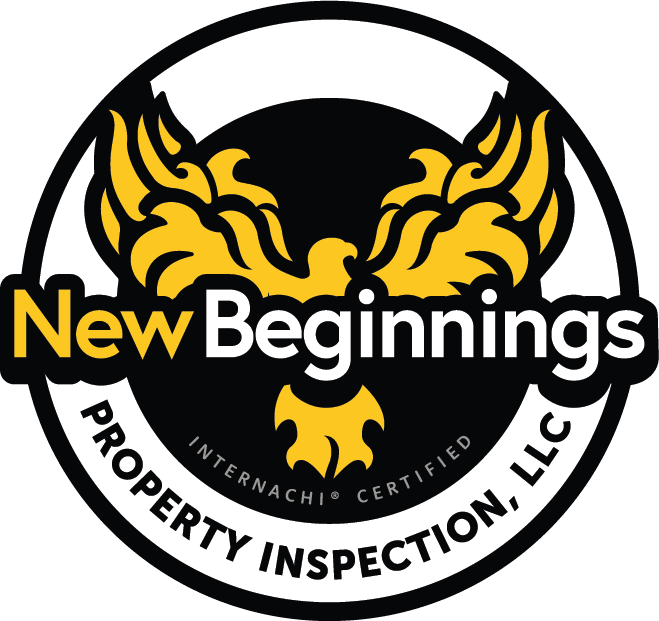Protect Your Family from Radon Gas
The number of radon-related lung cancer deaths each year is estimated by the EPA to be about 20,000. Radon exposure is the second leading cause of lung cancer after smoking. Radon gas is odorless, tasteless, and invisible. The decay of naturally occurring uranium in soil and groundwater produces it. Radon is a form of ionizing radiation and a proven carcinogen. Lung cancer is the only known effect on human health from exposure to radon in the air. To date, there is no evidence that children are at a greater risk of lung cancer than are adults.
Radon in the air is ubiquitous (everywhere at the same time). Radon is in outdoor and indoor air of buildings of all kinds. EPA recommends fixing homes if the radon level is 4 pCi/L (picocuries per liter) or more. Because there is no known safe level of radon exposure, EPA also recommends that Americans consider fixing their home for radon levels between 2 pCi/L and 4 pCi/L.
The average indoor radon concentration for America's homes is about 1.3 pCi/L. Upon this national average indoor level is what the EPA based its estimate of 20,000 radon-related lung cancers a year. The average concentration of radon in outdoor air is .4 pCi/L or 1/10th of EPA's 4 pCi/L action level.
The risk of lung cancer for smokers is significant due to the synergistic effects of radon and smoking. About 62 people in 1,000 will die of lung cancer for this at-risk population compared to about 7 people in 1,000 of those who have never smoked. A non-smoker exposed to 1.3 pCi/L has a 2-in-1,000 chance of dying from lung cancer, whereas a smoker has a 20-in-1,000 probability. Smokers have a 6 times greater chance or more of dying from lung cancer than non-smokers.
In 1988, the United States Congress added Title III on Indoor Radon Abatement to the Toxic Substances Control Act. It codified and funded the EPA's then fledgling radon program. The Surgeon General issued a warning that same year, urging Americans to have their homes tested for radon and to reduce any radon levels when necessary. Here at New Beginnings Property Inspection, LLC, we have adopted the use of the SunRadon 1028 XP® unit which is pictured above. The Model 1028 XP® is a continuous radon unit that takes active radon level readings every hour for the 48 hour testing cycle. Unlike with the use of charcoal canisters where you would need to send them off to a lab for reading, the SunRadon 1028 XP® lets the inspector print out a report as soon as we get back to the office. The report is then added to the home inspection report or just sent straight to our client the same day the unit is picked up from the testing home site.
Radon in the air is ubiquitous (everywhere at the same time). Radon is in outdoor and indoor air of buildings of all kinds. EPA recommends fixing homes if the radon level is 4 pCi/L (picocuries per liter) or more. Because there is no known safe level of radon exposure, EPA also recommends that Americans consider fixing their home for radon levels between 2 pCi/L and 4 pCi/L.
The average indoor radon concentration for America's homes is about 1.3 pCi/L. Upon this national average indoor level is what the EPA based its estimate of 20,000 radon-related lung cancers a year. The average concentration of radon in outdoor air is .4 pCi/L or 1/10th of EPA's 4 pCi/L action level.
The risk of lung cancer for smokers is significant due to the synergistic effects of radon and smoking. About 62 people in 1,000 will die of lung cancer for this at-risk population compared to about 7 people in 1,000 of those who have never smoked. A non-smoker exposed to 1.3 pCi/L has a 2-in-1,000 chance of dying from lung cancer, whereas a smoker has a 20-in-1,000 probability. Smokers have a 6 times greater chance or more of dying from lung cancer than non-smokers.
In 1988, the United States Congress added Title III on Indoor Radon Abatement to the Toxic Substances Control Act. It codified and funded the EPA's then fledgling radon program. The Surgeon General issued a warning that same year, urging Americans to have their homes tested for radon and to reduce any radon levels when necessary. Here at New Beginnings Property Inspection, LLC, we have adopted the use of the SunRadon 1028 XP® unit which is pictured above. The Model 1028 XP® is a continuous radon unit that takes active radon level readings every hour for the 48 hour testing cycle. Unlike with the use of charcoal canisters where you would need to send them off to a lab for reading, the SunRadon 1028 XP® lets the inspector print out a report as soon as we get back to the office. The report is then added to the home inspection report or just sent straight to our client the same day the unit is picked up from the testing home site.
